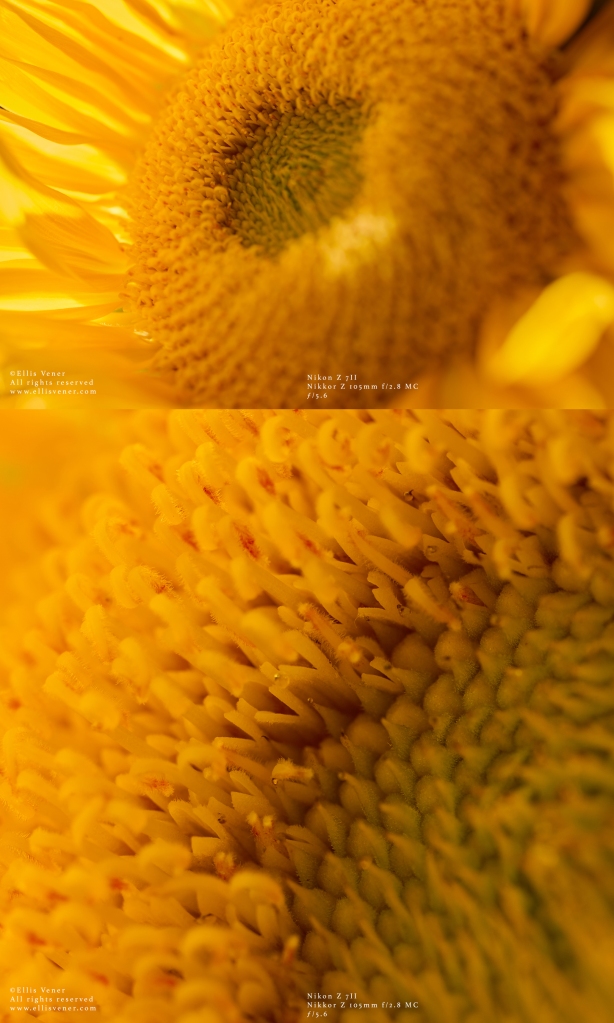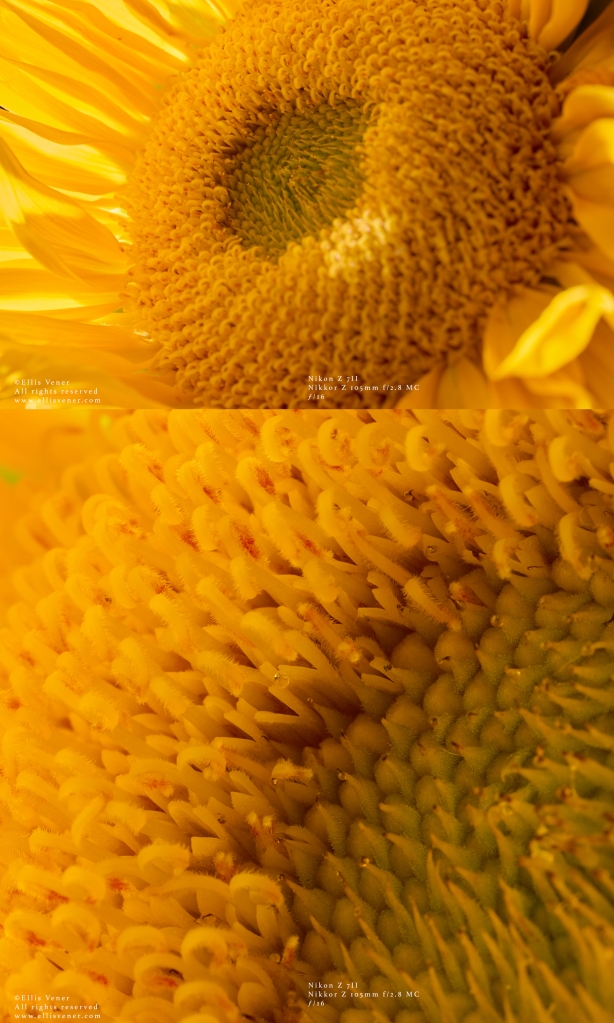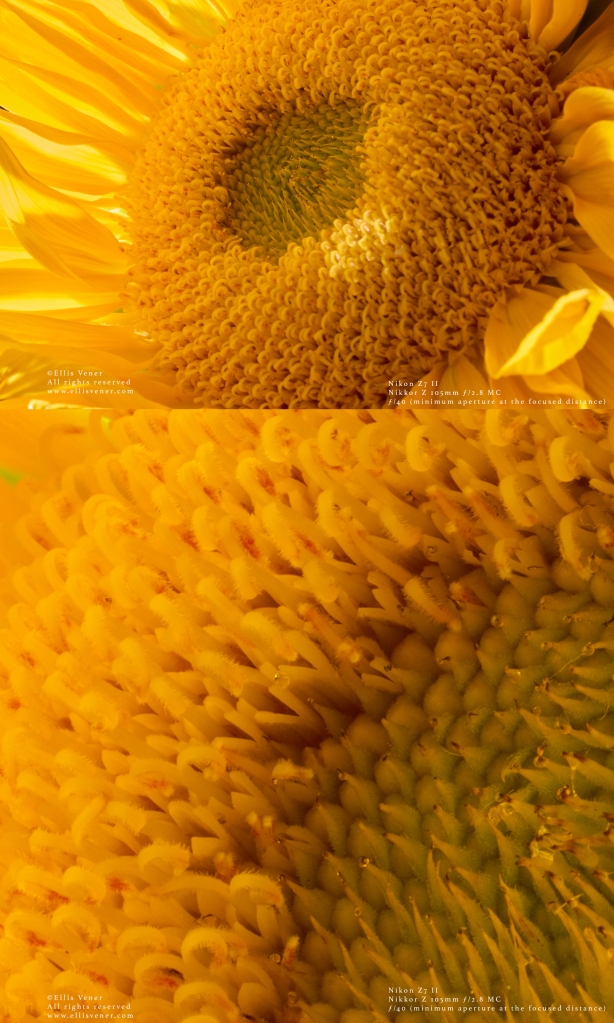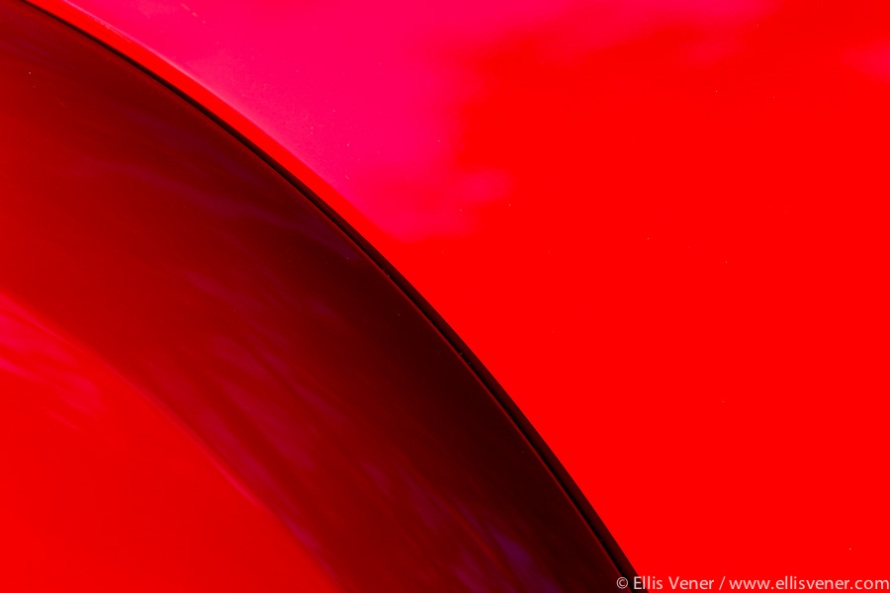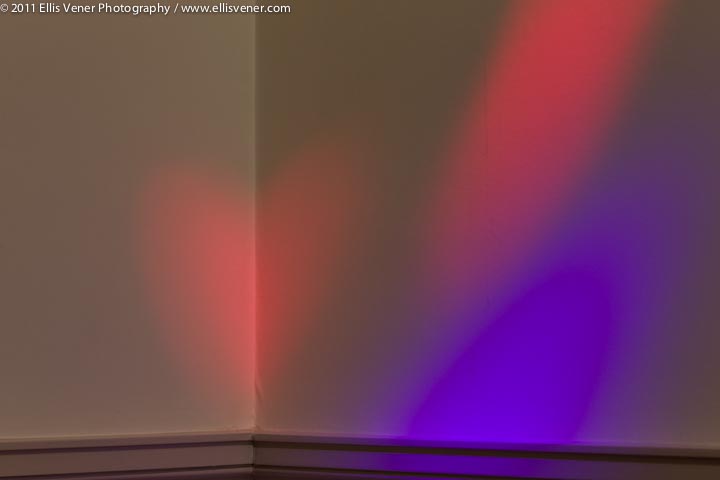Nikon D800 preview
©Ellis Vener for Professional Photographer Magazine
Prior to the official launch of the 36mp Nikon D800, Lindsay Silverman of Nikon came by PPA’s office to let Joan Sherwood and I have a quick hands on demonstration with a “ready for production” prototype. While we were not allowed to keep any of the shots we made with the prototype as “the firmware is not quite finalized”, I can share my basic immediate impressions.
Physicality /ergonomics:
The first thing you notice is the size of the camera. Without the optional grip with extra batteries and vertical release, in the hands it feels like a slightly beefed up version of the now venerable D700. Without actually sitting a D700 down beside it, the body felt roughly the same height and length but slightly deeper and maybe a little heavier.
The control layout on the back of the camera, in the menus, and on the right hand side of the pentaprism is another evolutionary step in the Nikon’s DSLR evolution. The layout is much like the D700 and D7000. New on the camera’s back side is a separate button for activating Live view. Here is a switch around the button to go from Live View for stills to video mode. The meter patterning control is now a small crown type three position (Spot, Matrix, and Center-weighted) switch surrounding the AE-L / AF-L lock button.
The controls on the top deck to the left of the pentaprism are different with a couple more options, again not a huge change.
On the front of the camera the focus mode switch has been simplified to just two options, Auto-focus and Manual focus.
The D800 uses the same EN-EL15 battery as the D7000. This will make life easier if you use the APS-C format D7000 as a second camera.
As with the D4 once again Nikon goes with a mixed media card strategy paralleling Canon’s 1D and 1Ds cameras : A slot for CF (Type I up to UDMA-7 compliant CompactFlash) media and one for SD media . The SD slot can handle standard SD, SDHC, and SDXC memory cards.
Exposure compensation settings range from +5 to -5 EV in 1/3rd, ½ and full stops and the camera can be set to auto bracket anywhere from two to nine exposures also in third, half and full stop increments.
Nikon continues on with the iTTL flash exposure control system, and X-sync is 1/250th with an option (presumably just for Nikon Speedlights to go up to 1/3320th before switching into FP sync mode. Flash exposure compensation runs from -3 to +1 stops in (you guessed it) third, half and full stop increments.
For tethered shooting there is a USB 3.0 connection. Why they did not go with a faster FireWire 800, Thunderbolt, or gigabit Ethernet connection (as with the D4) is anyone’s guess, but unless they know something that we commoners don’t know that isn’t great news for Mac computer users. You can also stream an uncompressed feed to an external recorder through the high resolution HDMI output bypassing the media cards in the camera. The HDMI ported signal can also be viewed on an external monitor in parallel with the Live view controls on the camera’s 3.2-inch (diagonal) 921,000 dot LCD.
The built in electronic level now has an indicator for pitch (fore/aft) as well as lateral leveling and these are both now visible in the viewfinder as well as on the rear LCD.
Image Quality:
To state the obvious, both the D800 and D800E have lots of resolution: 36.3 effective MP (out of a total of 36.8) to be exact; in a 7,360 x 4912 pixel array spread over a 24 x 35.9mm Nikon engineered CMOS sensor. More pixels mean you can print larger or at higher resolution for standard sizes without interpolating but also allows for cropping and retaining image quality. If you photograph products or landscapes, or are just not are worried about moiré patterns the slightly more expensive, limited edition D800 E variant with it’s less aggressive anti-aliasing filter may be more to your liking. A high signal to noise ratio is maintained even at relatively high ISO settings.
Under the hood:
The native sensitivity range starts at ISO 100 and goes up to 6400 with two “Hi range” boosts. Hi 1 takes you to 12,800 and Hi-2 takes you from 12,800 to 25,600. Between ISO 100 and Hi-1 you can move in 1/3rd, ½ and whole stop increments. There is also an ISO 50 equivalent Lo-1 setting. You can also choose between a couple of Auto ISO setting ranges.
Initial image processing is done through a Nikon’s EXPEED 3 processing engine tuned to the D800 sensor. To rapidly push the 36.3Mp worth of data through the EXPEED 3 system Nikon is using a 16-bit data pipeline with a 14-bit analog to digital (A/D) conversion. Output can take the form of either 12-bit or 14-bit per channel NEFs in uncompressed; losslessly compressed, or lossy compressed form, plus Adobe RGB (1998) or sRGB TIFFs and JPEGs. There are three smaller format options available as well: a 5:4 ratio, a 1:1.2 “crop” and 15.4mp resolution Nikon DX (APS-C) format. Full frame continuous shooting is up to 4fps.
There is also a built HDR function (for JPEG shooting only apparently, definitely no raw HDR NEFs) which can be set anywhere from a realistic HDR exposure that mimics the look of exposure blending to the extreme and exaggerated effects you get through tone mapping. It works by taking two photos in rapid succession. You get to choose the spread between the two exposures up to 4 stops apart (i.e., the first exposure can be two stops over “normal” and the second one at two stops below normal) the mildest setting is very realistic looking but with additional detail in the low shadows and the brightest non specular highlights, while the more extreme tone mapped variations give you that popular-for-the-moment tortured Goth / candy cane look.
The D800 sports an “enhanced” Multi-Cam 3500-FX AF processing system matched with 51 AF sensor points, 15 of which are cross type sensors. The autofocus range is said to be good down to -2 EV, light so dim that at ISO 100 it would take a 4 second exposure at f/1.4 for a subject to be rendered as medium gray. The system is optimized to recognize and lock on a human face even as it moves across the frame. In our brief tests it did this very well. One of the methods this is accomplished is by tying the AF system to the new 91,000-pixel sensor used by the new 3D Color Matrix Metering III system. By comparison, the D700’s 3D Color Matrix Metering II system used a 1,005-pixel sensor.
We are nearly out of space but need to mention the video quality briefly. Simply this is the best looking digital video I have seen out of a DSLR, no rolling shutter problems, terrific dynamic range, and very solid blacks. There are multiple video output forms and frame rates.
One more thing: pricing and availability. Stereo mike inputs are built in along with individual VU meters for each channel. Nikon has set the MSRP for the D800 at $2,999.95 and the D800E’s MSRP at $3,299.95. The D800 should start showing up on shelves by the end of March with the D800E variant available starting in mid-April.
More info and official specs at more info at press.nikon.com


